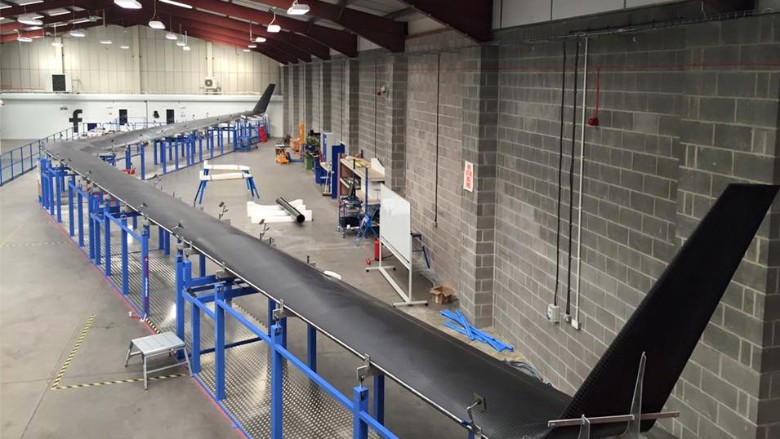Facebook have spent a lot of time talking about internet planes (I think we should call them iPlanes, Apple will be ok with that right?), and it’s one of those concepts I never expected to go anywhere. Why on earth would Facebook, a corporation many see as evil be trying to get internet to unreached parts of the world, are they actually trying to do some good? Or perhaps they just want more people’s personal details. Either way we’re seeing one that they actually built.

This is Aquila the solar-powered, 140-foot unmanned plane that’s designed to deliver internet connectivity from altitudes of 60,000 to 90,000 feet. The UAV, which has the wingspan of a Boeing 737 and weighs roughly 880 pounds, will be able to maintain an airtime of up to 90 days when deployed using nothing but solar energy.
Aquila will not take off like a normal plane, not that it is anything like a normal plane it looks like a flying boomerang! I digress Facebook says it uses a balloon to carry Aquila to the aforementioned altitude range, the FAA is yet to rule on this sort of aircraft so that could be interesting.
Aquila is a major part of Facebook’s “connect the world,” philosophy the idea being to have a full fleet roaming the skies in the future harvesting our data, I mean providing internet to the world. Then there’s Internet.org, a project led by the social network that brings free, basic web access to underdeveloped. Finally, you’ve got Facebook’s laser project, which it says recently transmitted data at up to 10 Gbps, ten times faster than previous systems.
Facebook hopes to test Aquila in the US later this year, Facebook had this to say: “We still have a long way to go in this work, but we are excited by our early progress,” Facebook said in a blog post. “We plan to engage with the broader community and share what we’ve learned, so we can all move faster in the development of these technologies.”
